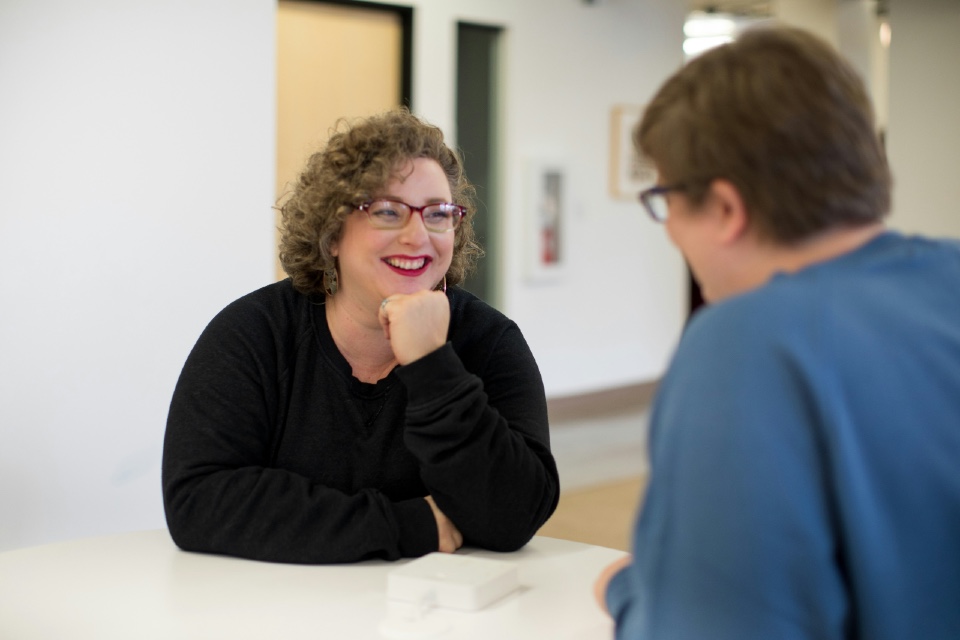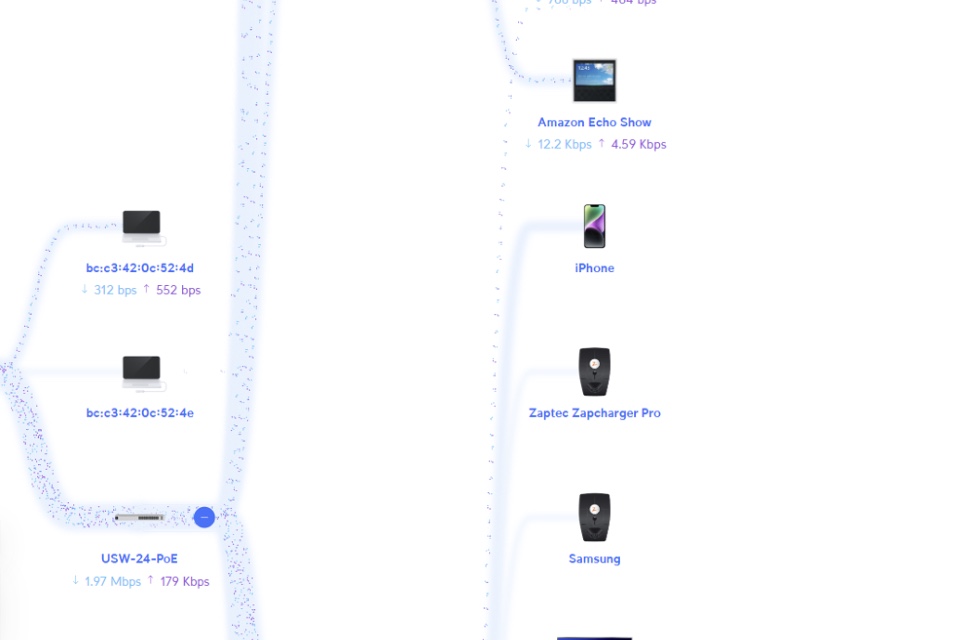Ian Newell, Director at Refero, explains how teleconsultation technology is bridging the communication gap in social care…
Despite 12 green and white papers and five independent commissions over the last 20 years, successive governments have failed to find a winning strategy for social care reform.
Health Secretary Matt Hancock’s deadline of 1 April for the social green paper was spectacularly missed, and the Department of Health and Social Care now expects the paper “in due course”.
Team an ageing population with younger adults with disabilities living longer, and the cost of caring for older and disabled people comes under huge strain. Based on current spending, a UK funding gap of £18 billion will open up by 2030/31, and people in need of care will continue to fall through the cracks of a social care system no longer fit for purpose.
The NHS long-term plan cannot be delivered without local authority social care and public health services working alongside the NHS. The Government’s social care agenda is currently under review, lacking a distinctive joined-up approach with the NHS. However, local authorities are working in constructive partnership with technology and healthcare providers to redesign social care services around people’s needs.
Cross-sector collaboration
Providing a platform for collaboration across health and social care will connect providers with citizens by enabling better communication. The sector needs to have access to channels of communication that we are all familiar with, like video calling and instant messaging.
One of Refero’s recent partnership with Community Mentoring and Support (CMAS), a commission service based in the South West of England, highlighted the progress that can be made in social care, via our communication channel.
We are working to develop a case management system for CMAS that enables children and youth service providers to manage communications across a wide range of agencies, from one central platform. The interoperable and fully integrated solution is focussed around the children and young people that CMAS work with.
Service commissioners, providers and the individuals working in the network will be able to collaborate using shared virtual communications on a case by case basis. This platform will interoperate between all existing local case management systems and provide a secure and unified view of the child or young person at the centre of the care pathway.
Through the use of a simple and intuitive app, the integrated platform of engagement will be accessible by the child or young person and their parents or carers, putting them at the heart of their own support network. It enables faster, safer and more reliable ways of monitoring their progress, assessing risks, and getting appropriate support. Updates to each young person’s care pathway become available immediately.
CMAS will be able to offer a common, collaborative platform of engagement between its team and the other agencies looking after children and young people. It is crucial that it puts the young person at the centre of their own care, and we believe it will eliminate the risk of failed communication and disjointed planning and delivery.
A huge leap forward in children and young people’s services
In 2019 we shouldn’t have to rely on phone calls, handwritten notes or a variety of email systems. Small changes to a child’s mental health or risk status need to be communicated to everyone involved, much more quickly. Incomplete or untimely information sharing between agencies can be a huge issue for the teams of people looking after vulnerable children. This platform puts entire case communication onto one app and makes it immediately available.
It is a huge leap forward in children’s and young people’s services because it provides instant improvement to the support each client will receive. It will create better collaboration, communication and exchange of information and provides the security, governance and auditability required by each component organisation.
The service people need
In order to truly overhaul and reform our social care sector, we need to design a system that gives people choice, independence, and more help getting the services they need. It also needs to allow carers more time with patients, regardless of their location, and it must create better opportunities for care and intervention for young, vulnerable people and the support network around them.
Digital technologies are new ways of working that can not only provide a crucial platform of engagement, ideal for building bridges between social care providers, practitioners and the people in their care, it is actually already doing it. Let’s hope the long-awaited green paper can live up to its hype, and propose a plan to create a digitally-led vision for our social care sector.
Image by Gerd Altmann from Pixabay






